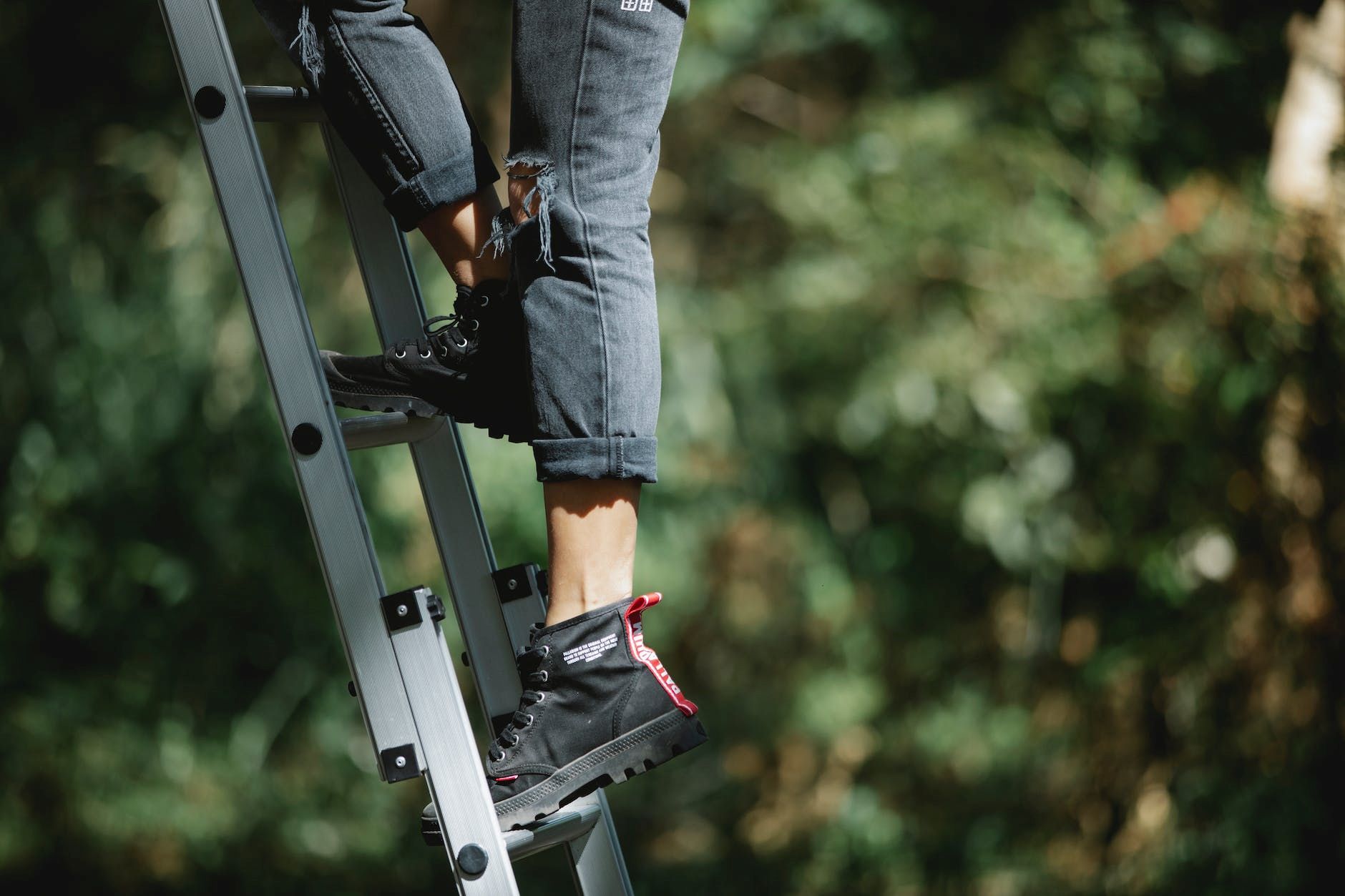

Articles
How To Safely Ascend Or Descend A Ladder?
Modified: February 22, 2024
Find out the recommended number of points of contact a person should have when ascending or descending a ladder in our informative articles.
(Many of the links in this article redirect to a specific reviewed product. Your purchase of these products through affiliate links helps to generate commission for Storables.com, at no extra cost. Learn more)
Introduction
When it comes to climbing or descending a ladder, safety should always be the top priority. One critical aspect of ladder safety is maintaining the right number of points of contact with the ladder. Points of contact refer to the parts of your body that are in contact with the ladder while you are climbing or descending. Having the correct number of points of contact is crucial for stability and balance, reducing the risk of slips, falls, and injuries. It ensures that you have a firm grip on the ladder and can maneuver safely. In this article, we will delve into the importance of points of contact on a ladder and provide guidelines for the recommended number of points of contact for ascending or descending.
Key Takeaways:
- Prioritize safety by maintaining at least three points of contact on a ladder to ensure stability, balance, and a firm grip, reducing the risk of accidents and falls.
- Practice proper body positioning, avoid common mistakes, and adhere to safety guidelines to promote a secure and stable climbing experience on ladders, minimizing the risk of accidents.
Importance of Points of Contact on a Ladder
Maintaining the right number of points of contact on a ladder is of utmost importance for several reasons. Firstly, it enhances stability while climbing or descending. By having multiple points of contact, you distribute your weight evenly, reducing the chances of losing balance and falling off the ladder. It provides a solid foundation and increases your overall safety. Secondly, points of contact on a ladder enable you to have a firm grip. Proper contact with the ladder rungs or steps allows you to hold on securely and exert control over your movements. This is especially crucial when ascending or descending a ladder that may be wet, slippery, or unstable. Moreover, having the correct number of points of contact minimizes the strain on any one part of your body. It helps to avoid overburdening specific muscles or joints, reducing the risk of fatigue or injury. By effectively utilizing multiple points of contact, you distribute the workload across different areas, ensuring a safer climbing experience. Additionally, points of contact facilitate better control and maneuverability on the ladder. By having a steady grip and utilizing multiple connections with the ladder, you can make small adjustments or reposition yourself with ease. This level of control is essential for stability and balance, especially when working at height or when the ladder is on uneven ground. Lastly, maintaining the correct number of points of contact on a ladder is not only an essential safety measure but also a legal requirement in many jurisdictions. Occupational safety regulations often stipulate the need for a certain number of points of contact for workers using ladders. Failure to abide by these guidelines can result in legal consequences, as well as increased risks to the safety and well-being of individuals.
Factors to Consider when Ascending or Descending a Ladder
Before climbing or descending a ladder, there are several important factors to consider to ensure your safety. These factors include: 1. Ladder Stability: Make sure the ladder is stable and secure before you begin climbing. Ensure it is placed on a flat surface and not on any uneven or slippery ground. Check for any defects or damage that could compromise its stability. 2. Weight Capacity: Consider the weight capacity of the ladder and ensure it can support your weight along with any equipment or materials you may be carrying. Overloading the ladder can make it unstable and increase the risk of accidents. 3. Footwear: Wear appropriate footwear with non-slip soles to enhance traction and grip on the ladder. Avoid wearing shoes with heels, as they can be unstable and increase the likelihood of slips or falls. 4. Climbing Speed: Take your time while climbing or descending a ladder. Rushing can lead to accidents due to loss of balance or missteps. Maintain a steady pace and focus on each step to ensure proper points of contact are maintained. 5. Clear Path: Ensure the area around the ladder is clear of any obstacles or hazards. Remove any debris, tools, or objects that may pose a tripping or falling hazard while climbing or descending. 6. Weather Conditions: Be mindful of weather conditions, especially when working outdoors. Rain, snow, or strong winds can make the ladder and surrounding surfaces slippery and increase the risk of accidents. Avoid climbing or descending a ladder in adverse weather conditions. 7. Proper Body Positioning: Maintain a strong and balanced body position while on the ladder. Keep your body centered between the side rails and avoid leaning too far to the sides. Keep your hips aligned with the ladder, and avoid overreaching or leaning forward, as this can destabilize the ladder. 8. Hand Placement: Maintain a firm grip on the ladder by placing both hands on the ladder rungs or side rails. This ensures a secure hold and improves overall stability. Avoid carrying tools or materials in your hands while climbing or descending. By considering these factors and taking necessary precautions, you can significantly reduce the risk of accidents and ensure a safer climbing experience.
Recommended Number of Points of Contact on a Ladder
The recommended number of points of contact on a ladder depends on the type of ladder and the specific task you are performing. However, as a general guideline, it is advisable to maintain at least three points of contact at all times. This means that either two hands and one foot or two feet and one hand should be in contact with the ladder. The three-point contact system ensures stability and balance while ascending or descending a ladder. It allows you to have a secure grip and provides a steady base of support. By having three points of contact, you reduce the risk of slips, falls, and accidents. In some situations, such as when working in elevated positions or performing more physically demanding tasks, it may be necessary to have additional points of contact. This can include keeping both hands and both feet in contact with the ladder, or using a ladder with additional handholds or safety features. It is essential to remember that maintaining three points of contact may require proper planning and positioning. For example, if you need to use both hands to carry tools or materials, ensure that you have a secure footing and maintain contact with the ladder using your feet. If you need to reposition yourself, do so cautiously and make sure to maintain the necessary points of contact. Keep in mind that the recommended number of points of contact is not a definitive rule, but rather a guideline to ensure safety. It is always best to assess the specific task, ladder, and environment to determine the appropriate number of points of contact required. By adhering to the recommended number of points of contact on a ladder, you can significantly reduce the risk of accidents and maintain a secure and stable position while working at height.
Always maintain at least three points of contact when ascending or descending a ladder. This means two hands and one foot, or two feet and one hand should be in contact with the ladder at all times for stability and safety.
Proper Body Positioning on a Ladder
Maintaining proper body positioning while climbing or descending a ladder is crucial for safety and stability. By following these guidelines, you can minimize the risk of accidents and ensure a secure and comfortable climbing experience: 1. Face the Ladder: Always face the ladder while climbing or descending. This allows you to maintain better control and visibility. Avoid turning sideways or backward, as it can throw off your balance and make it difficult to maintain points of contact. 2. Keep Your Hips Centered: Position your hips between the ladder’s side rails to maintain balance. Avoid leaning too far to the sides or extending your body beyond the ladder’s reach. By keeping your hips centered, you distribute your weight evenly and improve stability. 3. Maintain a 90-Degree Angle: Keep your body at a 90-degree angle to the ladder. This means maintaining a straight posture with your shoulders aligned with the ladder’s side rails. Avoid leaning forward or backward, as it can compromise your balance and stability. 4. Use Both Hands for Support: It is essential to have a firm grip on the ladder at all times. Use both hands to hold onto the ladder rungs or side rails to maintain stability and control. Avoid carrying tools or materials in your hands while climbing or descending. 5. Place Your Feet Securely: Position your feet securely on the ladder rungs or steps. Ensure that the entire foot is resting on the rung and avoid standing on the ladder’s edge. Keep your feet flat and avoid wearing shoes with slippery soles. 6. Take One Step at a Time: Ascend or descend the ladder one step at a time, maintaining proper points of contact throughout. Avoid skipping steps or rushing, as it can lead to loss of balance and increased risk of accidents. 7. Be Mindful of Your Center of Gravity: Always be aware of your center of gravity while on the ladder. Keep your body weight centered and avoid leaning too far to one side. Maintaining a balanced center of gravity enhances stability and reduces the risk of falls. 8. Plan Ahead and Re-Position Safely: Plan your movements in advance and carefully reposition yourself when necessary. If you need to move to another part of the ladder, ensure that you maintain the required points of contact and do so slowly and securely. By following these proper body positioning techniques, you can ensure a safe and stable climbing experience on a ladder. Remember to always prioritize safety, take your time, and remain focused on maintaining the necessary points of contact throughout the process.
Common Mistakes to Avoid when Climbing or Descending a Ladder
When it comes to ladder safety, it is important to be aware of common mistakes that can lead to accidents and injuries. By avoiding these mistakes, you can significantly reduce the risk of falls and ensure a safer climbing experience: 1. Using a Damaged or Defective Ladder: Never climb or descend a ladder that is damaged or defective. Inspect the ladder before each use to check for any cracks, loose parts, or missing steps. Using a faulty ladder can compromise your safety and increase the risk of accidents. 2. Overreaching: Avoid overreaching while on the ladder. Stretching too far to reach an object can cause you to lose balance and fall off the ladder. Instead, reposition the ladder closer to the task or use a tool with an extended handle to reach distant objects. 3. Missing Points of Contact: Always maintain the recommended number of points of contact on the ladder. One common mistake is lifting one foot off the ladder while reaching for something. This can cause instability and increase the risk of falling. Ensure that at least three points of contact are maintained at all times. 4. Climbing Too High or Standing on the Top Rung: Never climb higher than the highest safe standing level indicated on the ladder. Standing on the top rung or step can throw off the ladder’s balance and make it prone to tipping over. Stay within the designated safe area to maintain stability. 5. Carrying Heavy or Bulky Loads: Avoid carrying heavy or bulky loads while climbing or descending a ladder. It can make you lose balance and make it difficult to maintain points of contact. Use a pulley system or have someone pass the items up to you once you are safely positioned. 6. Wearing Inappropriate Footwear: Choose appropriate footwear with non-slip soles when using a ladder. Avoid wearing footwear with high heels or smooth soles that can cause slips or instability. Opt for sturdy, well-fitting shoes that provide a good grip on the ladder. 7. Rushing and Lack of Focus: Take your time when climbing or descending a ladder. Rushing can lead to missteps and accidents. Stay focused on maintaining the correct body positioning and points of contact at all times. 8. Not Securing the Ladder: Ensure that the ladder is properly secured before climbing. Use stabilizers or tie-offs to prevent the ladder from shifting or sliding while in use. An unsecured ladder can lead to accidents and falls. By being aware of these common mistakes and actively avoiding them, you can significantly improve ladder safety and reduce the risk of accidents. Always prioritize safety and take the necessary precautions for a secure and stable climbing experience.
Conclusion
Maintaining the correct number of points of contact on a ladder is essential for ensuring safety and stability while climbing or descending. By following the recommended guidelines, you can reduce the risk of accidents, slips, and falls. Points of contact provide stability and balance, allowing you to have a firm grip on the ladder and maneuver safely. Always strive to maintain at least three points of contact, evenly distributing your weight between your hands and feet. In addition to the recommended number of points of contact, practicing proper body positioning is crucial. Face the ladder, keep your hips centered, maintain a 90-degree angle, and use both hands and feet for support. Take one step at a time and be mindful of your center of gravity. Avoid common mistakes such as using a damaged ladder, overreaching, missing points of contact, climbing too high, carrying heavy loads, wearing inappropriate footwear, rushing, and not securing the ladder. Never overlook ladder safety and ensure that you are adhering to occupational safety regulations and guidelines specific to your jurisdiction. Taking the time to prioritize safety can prevent accidents and injuries, both at home and in the workplace. Remember, ladder safety is a shared responsibility. Share this information with others to promote a safe climbing culture and raise awareness about the importance of maintaining the correct number of points of contact on a ladder. By following these guidelines and practicing safe climbing habits, you can ensure a secure and stable climbing experience on ladders and minimize the risk of accidents. Stay safe, take your time, and prioritize safety every time you use a ladder.
Frequently Asked Questions about How To Safely Ascend Or Descend A Ladder?
Was this page helpful?
At Storables.com, we guarantee accurate and reliable information. Our content, validated by Expert Board Contributors, is crafted following stringent Editorial Policies. We're committed to providing you with well-researched, expert-backed insights for all your informational needs.
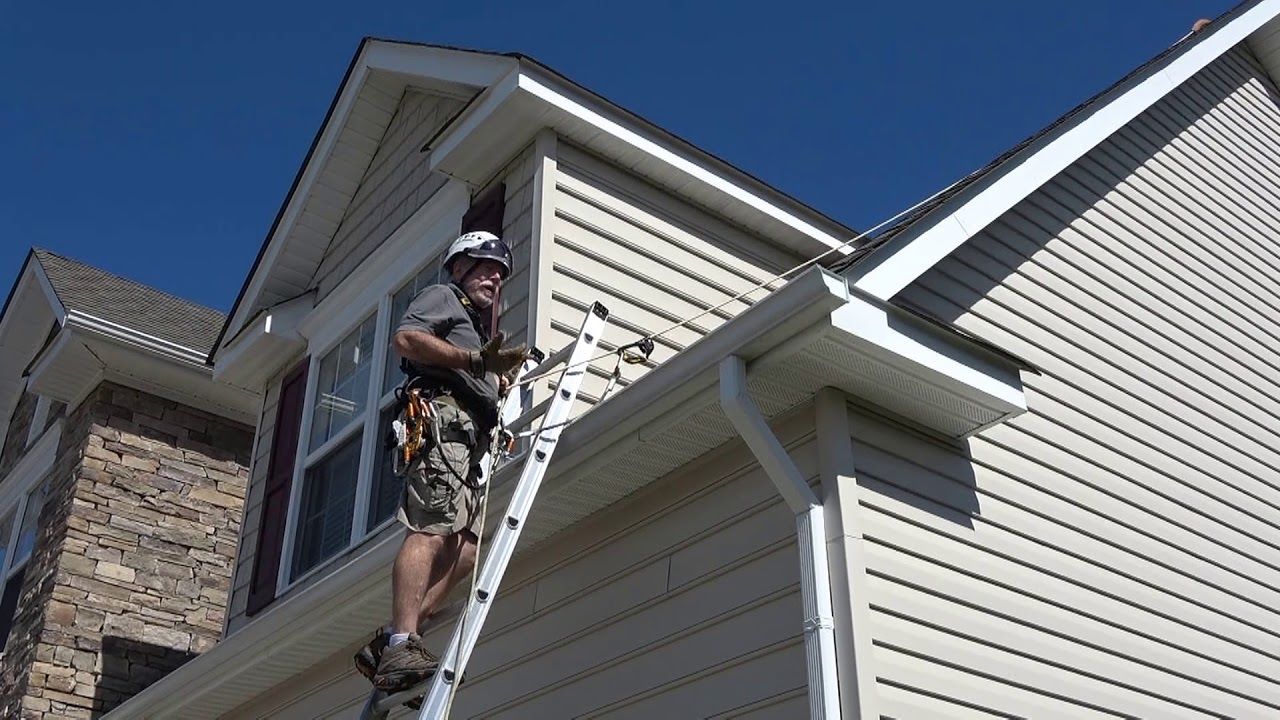
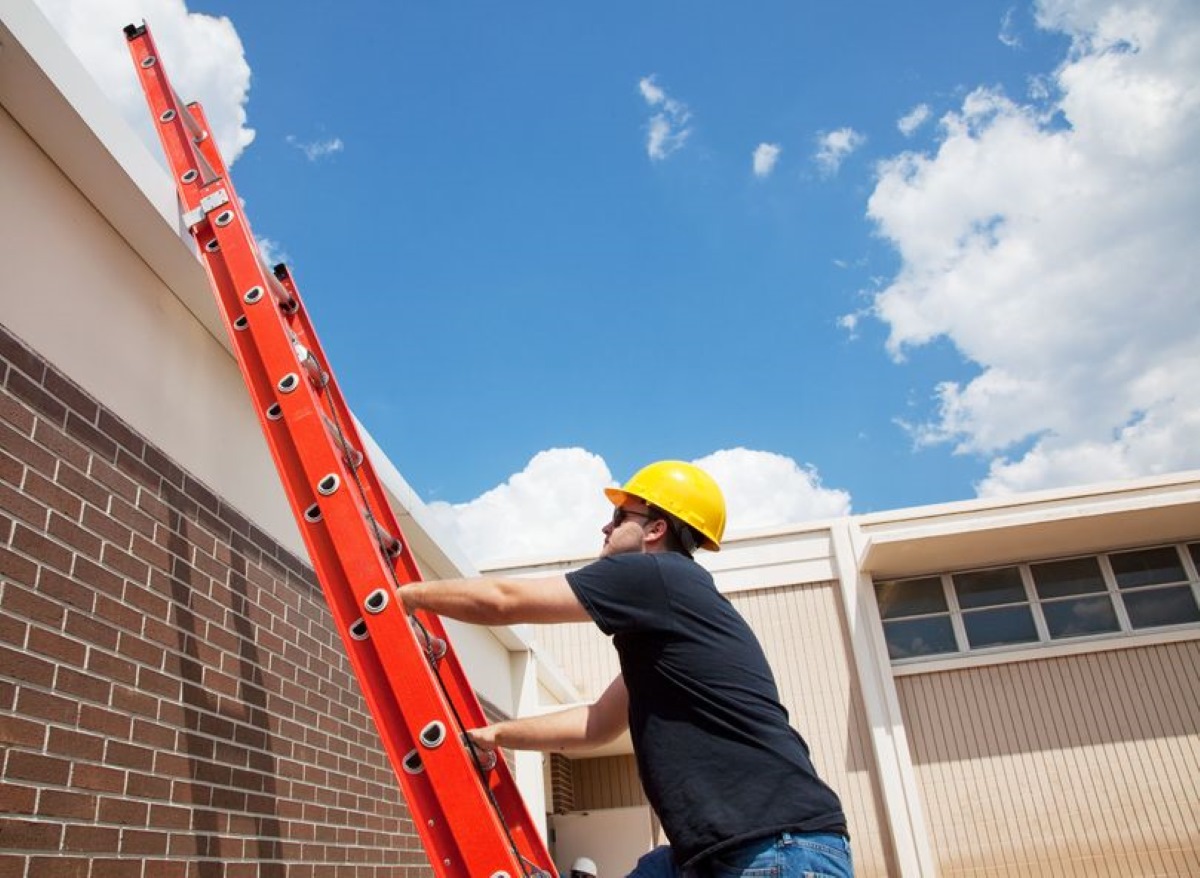
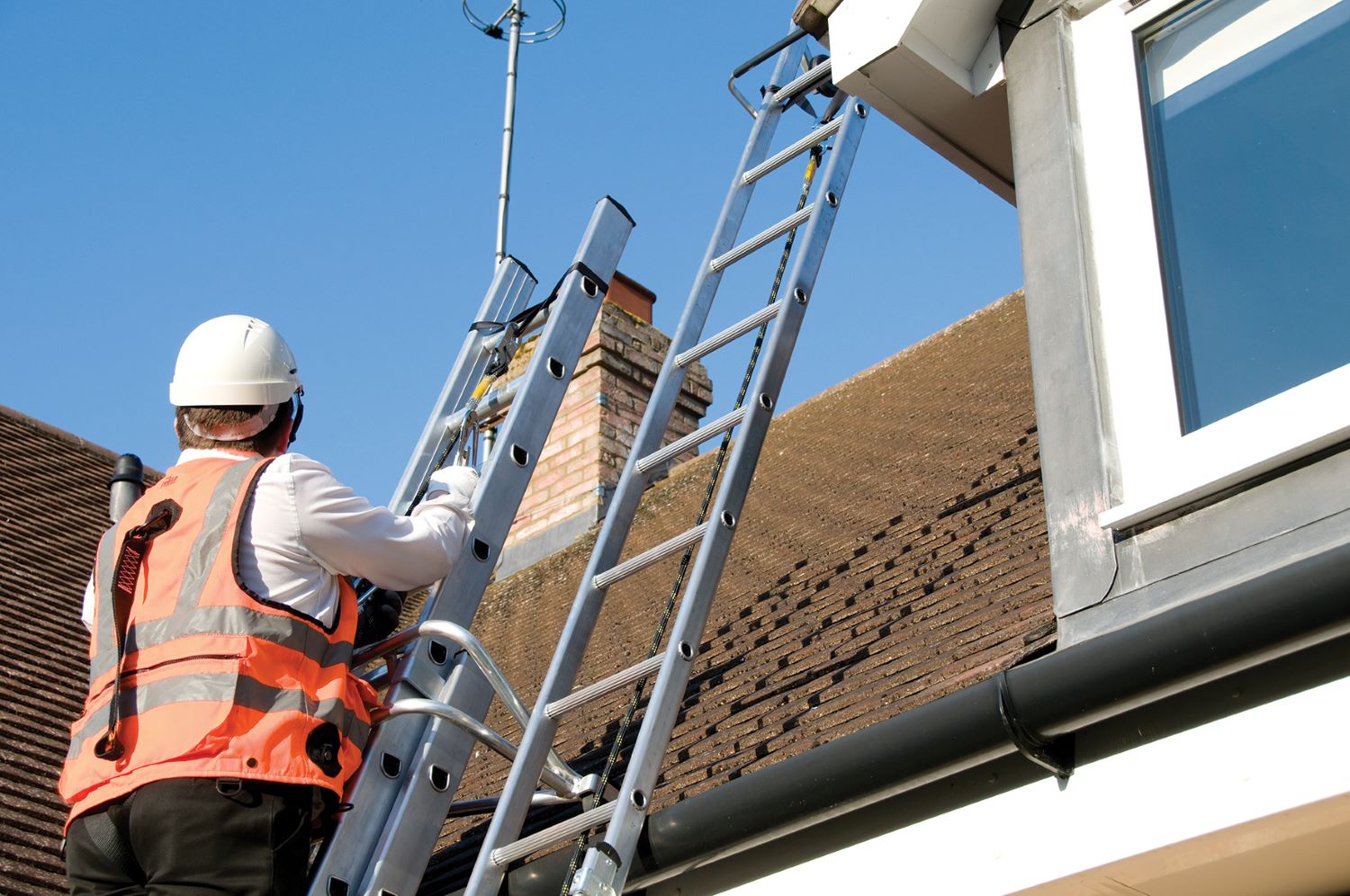
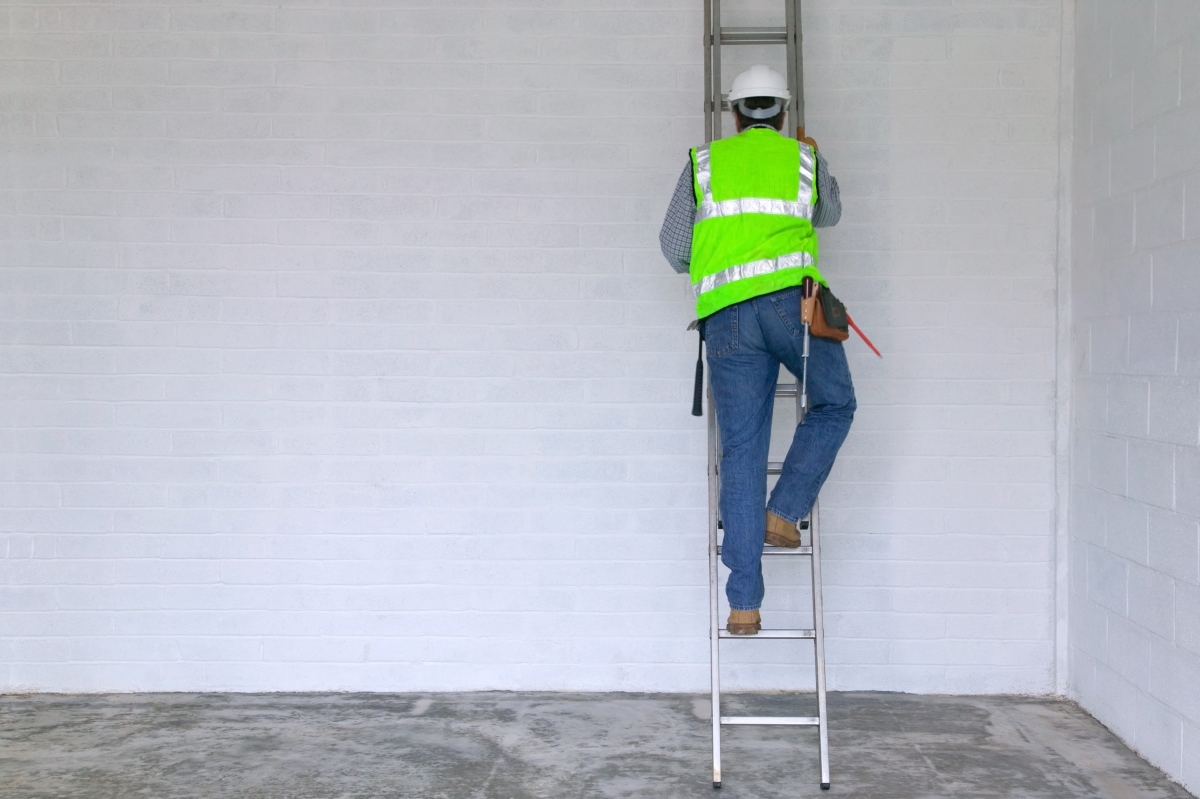
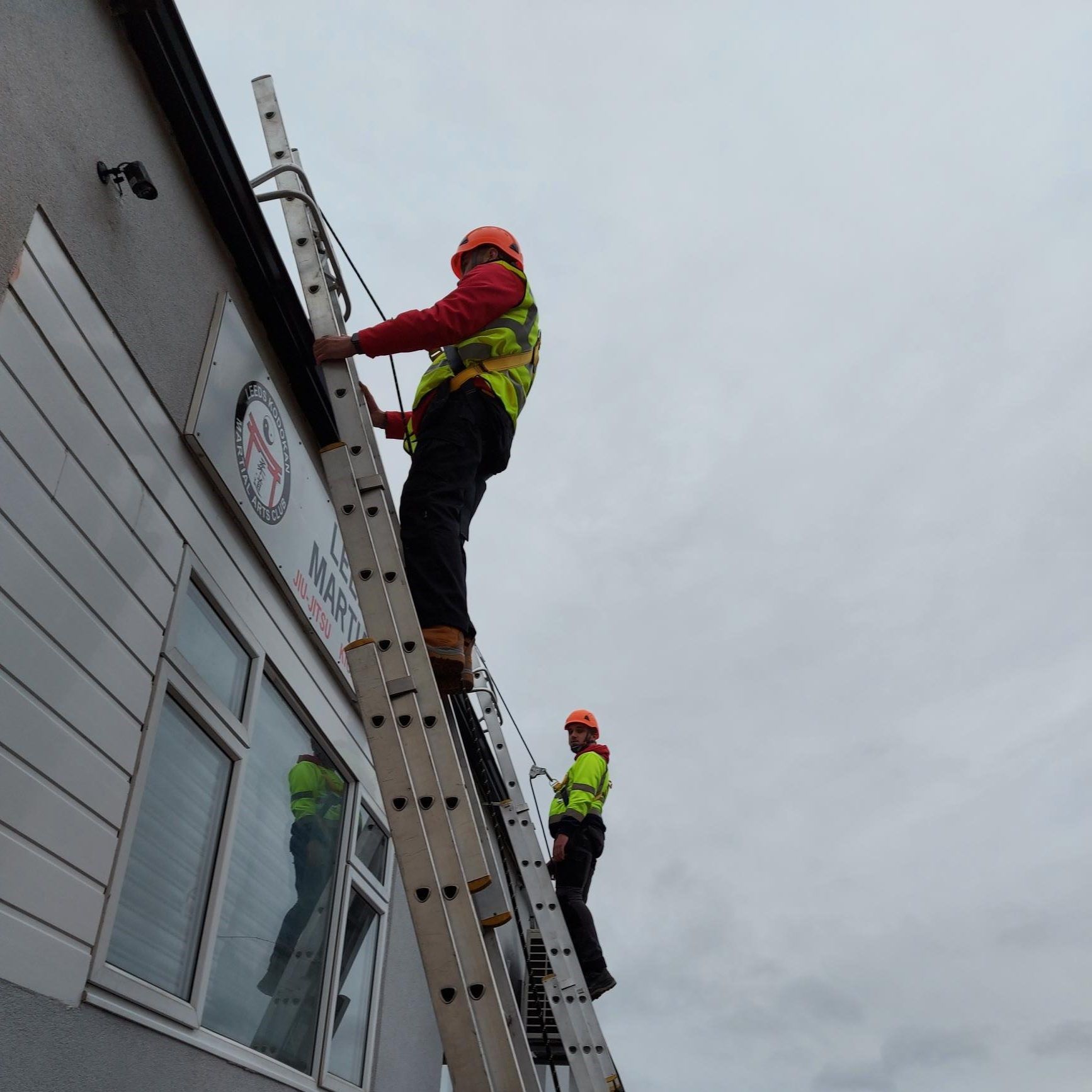
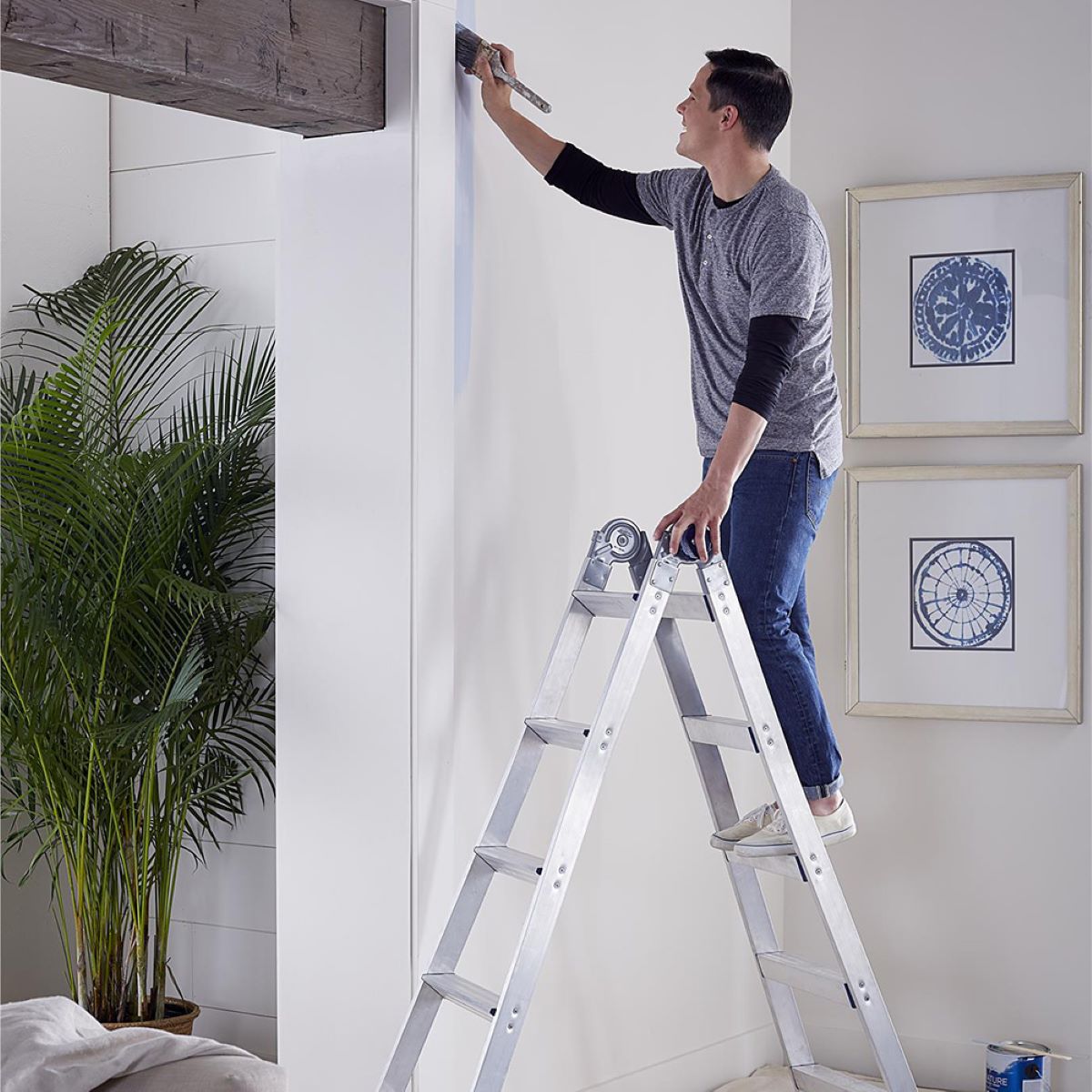

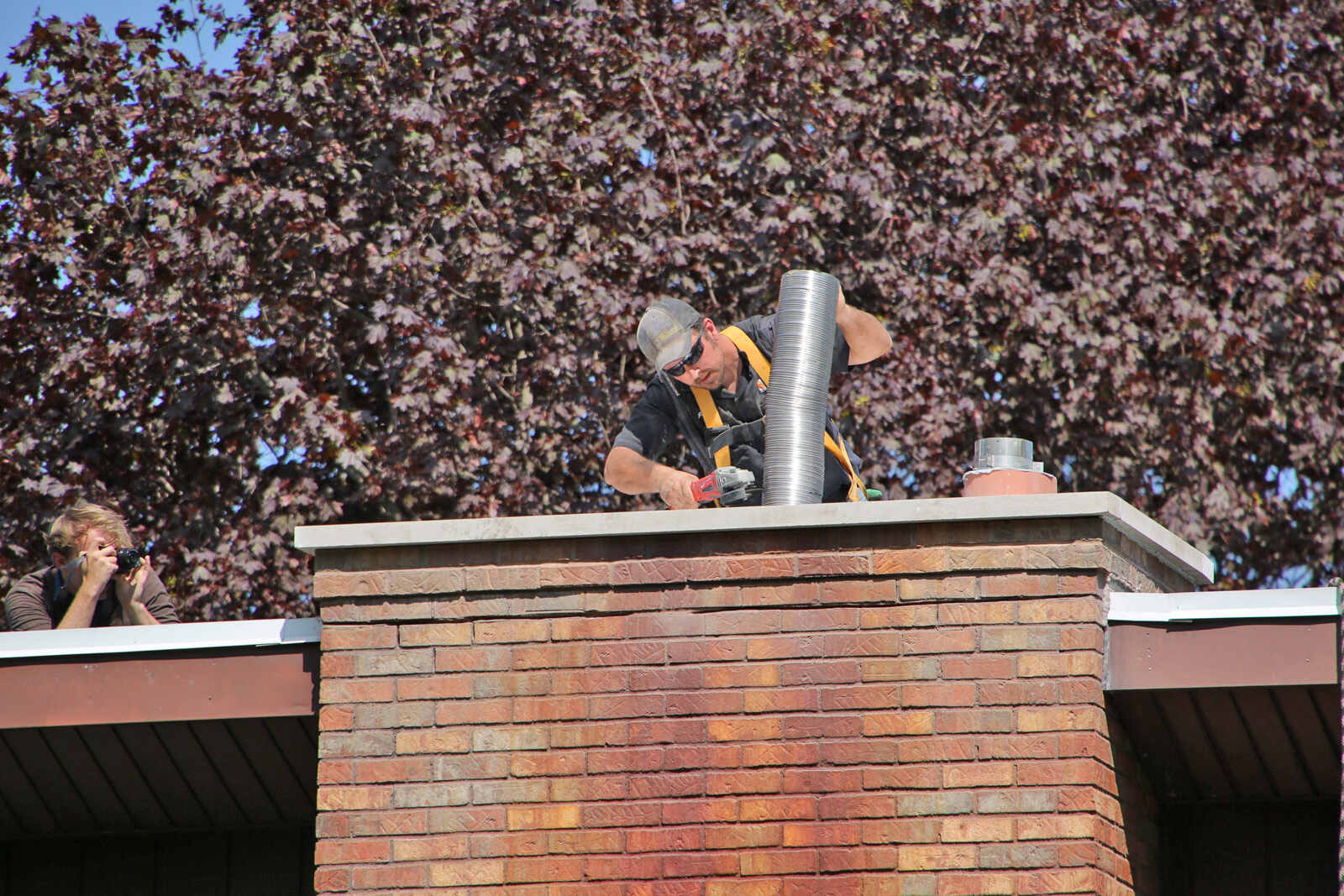
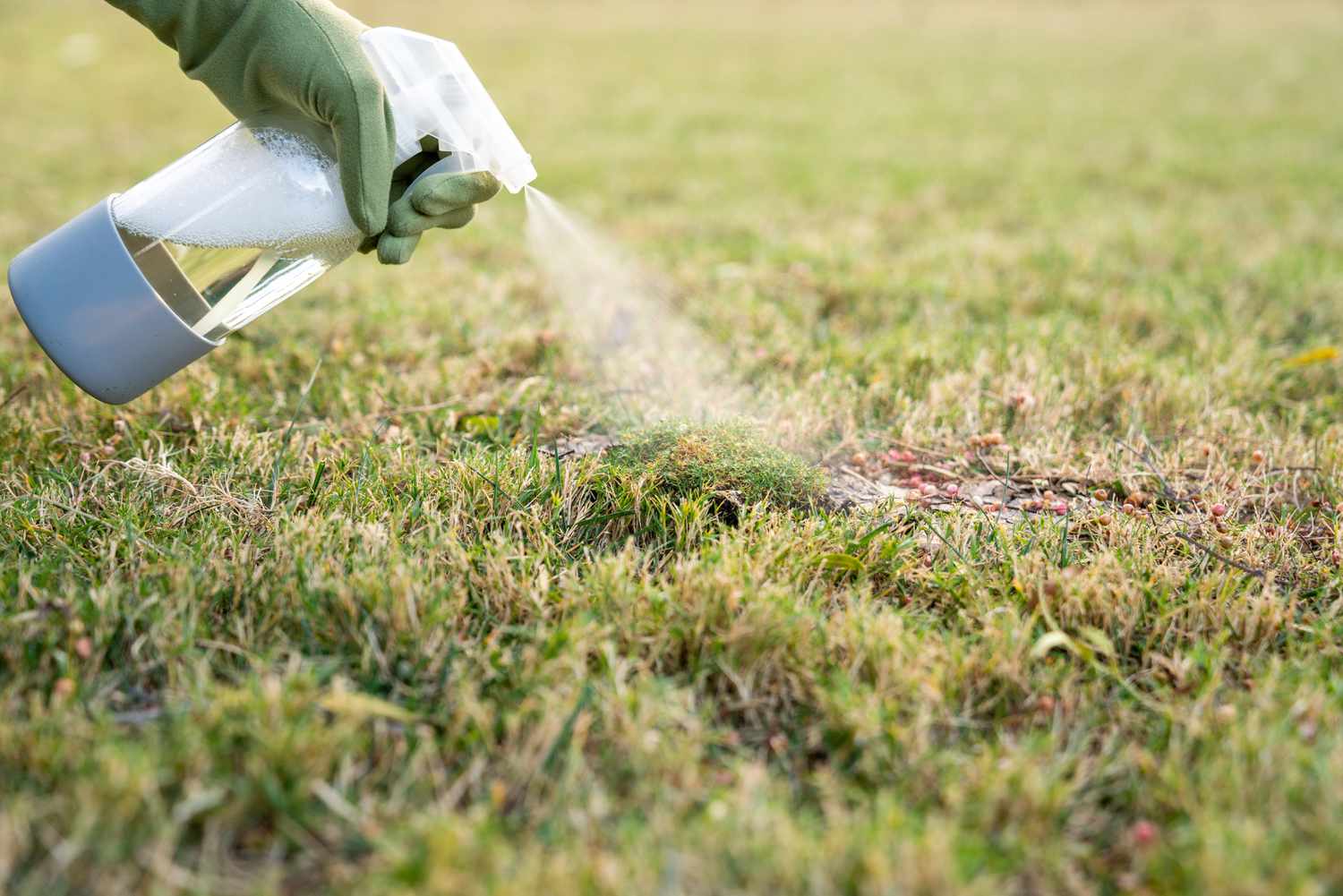

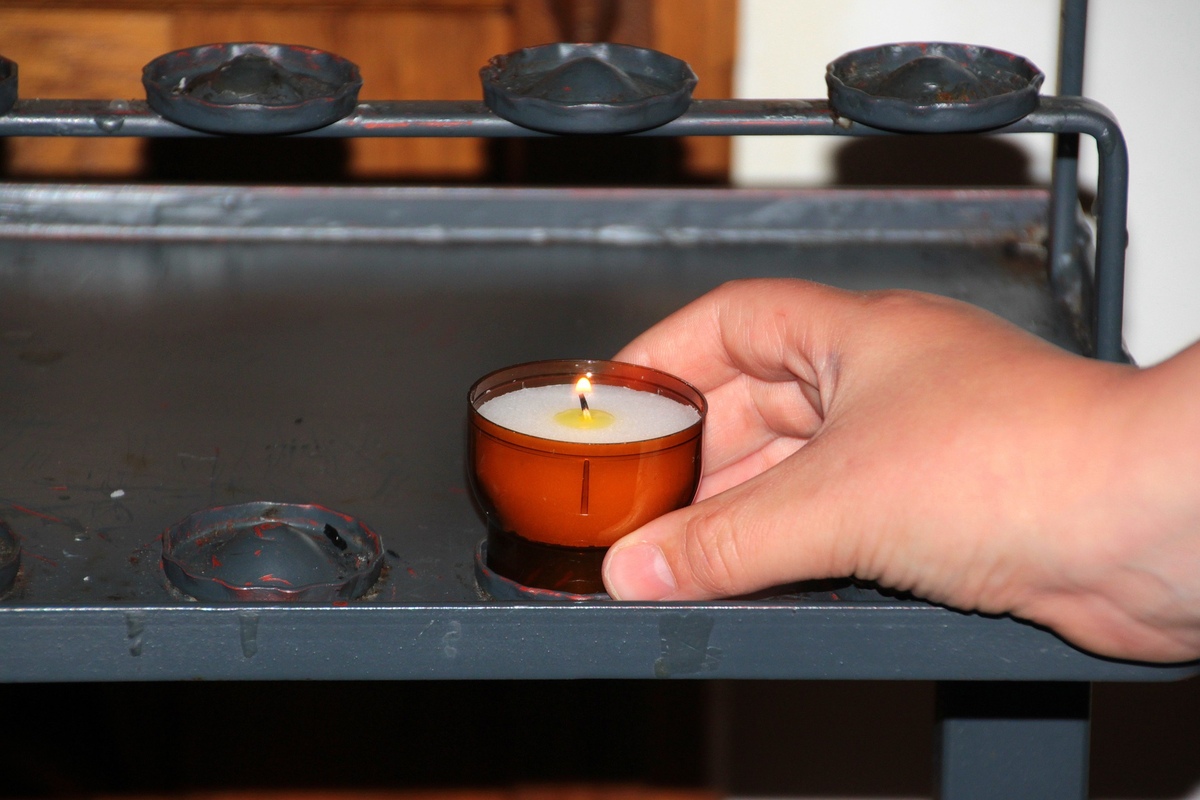
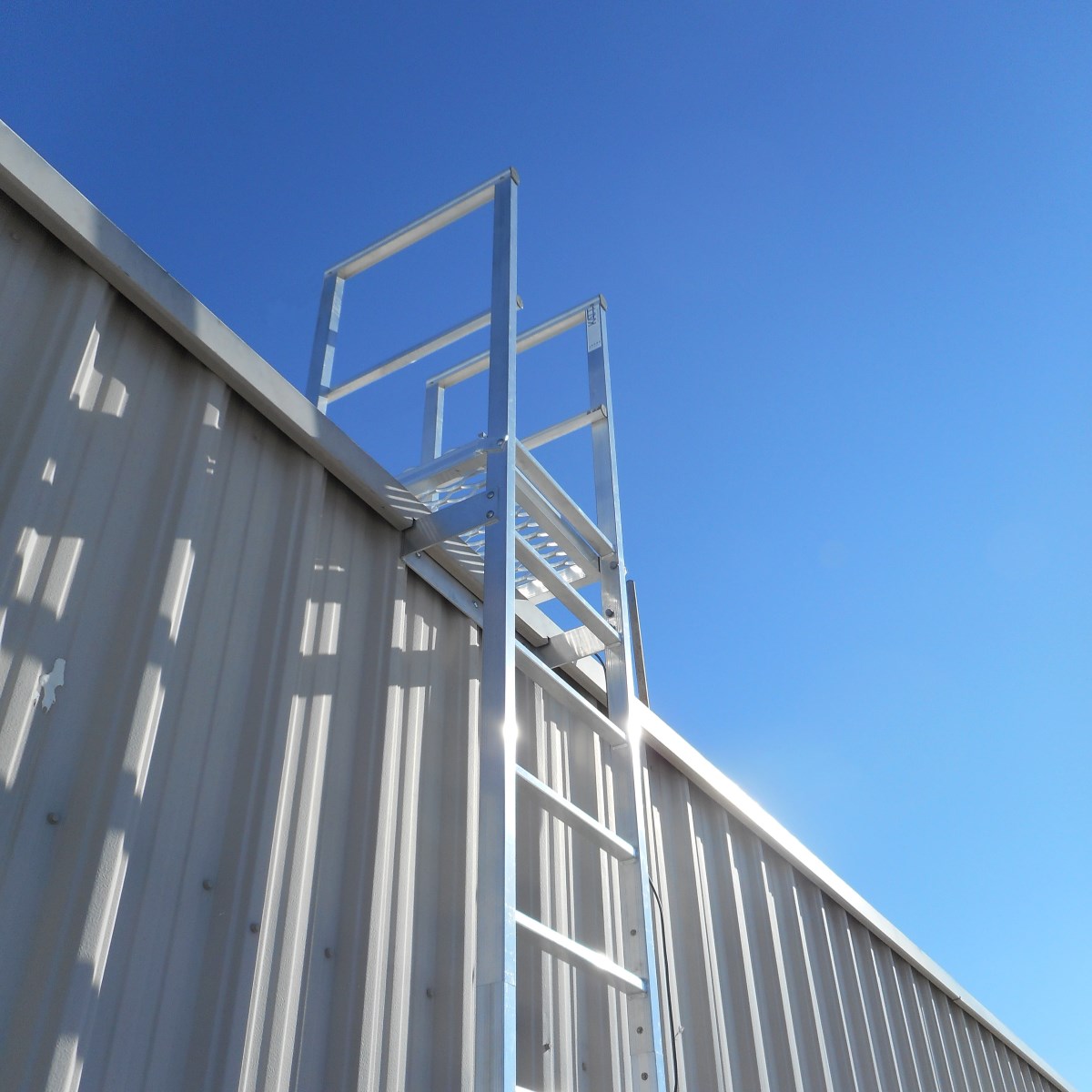
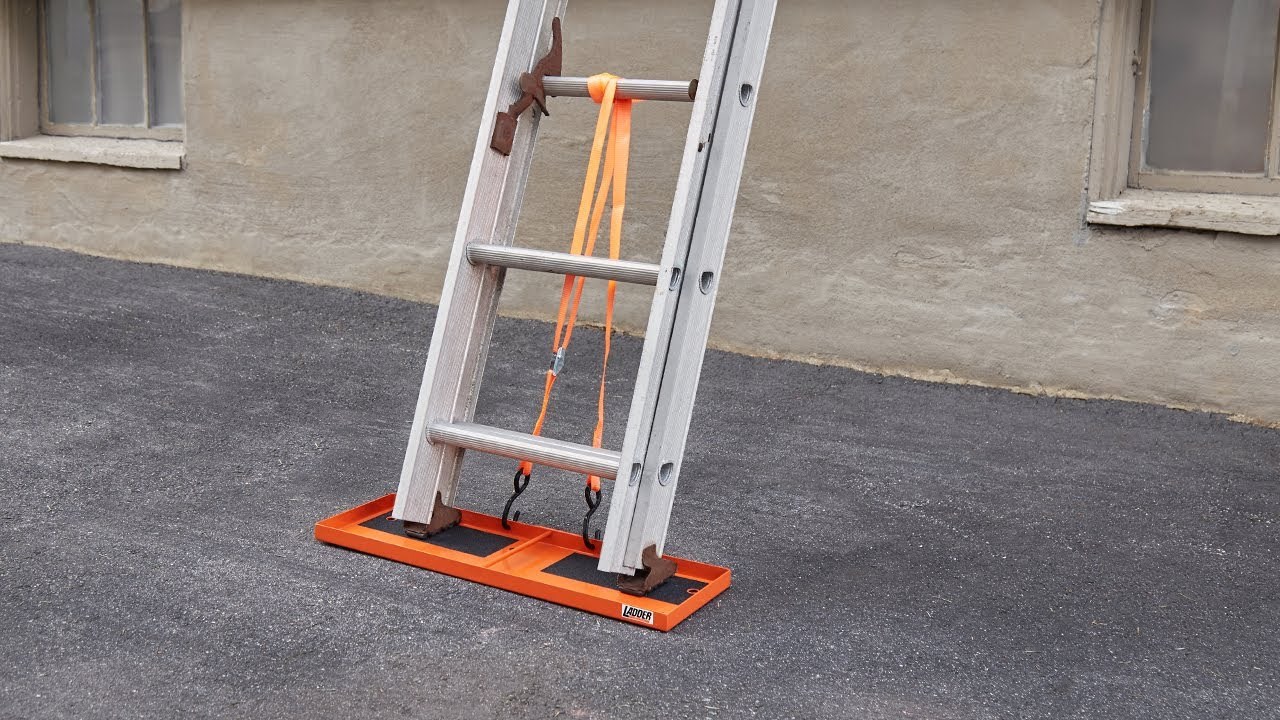
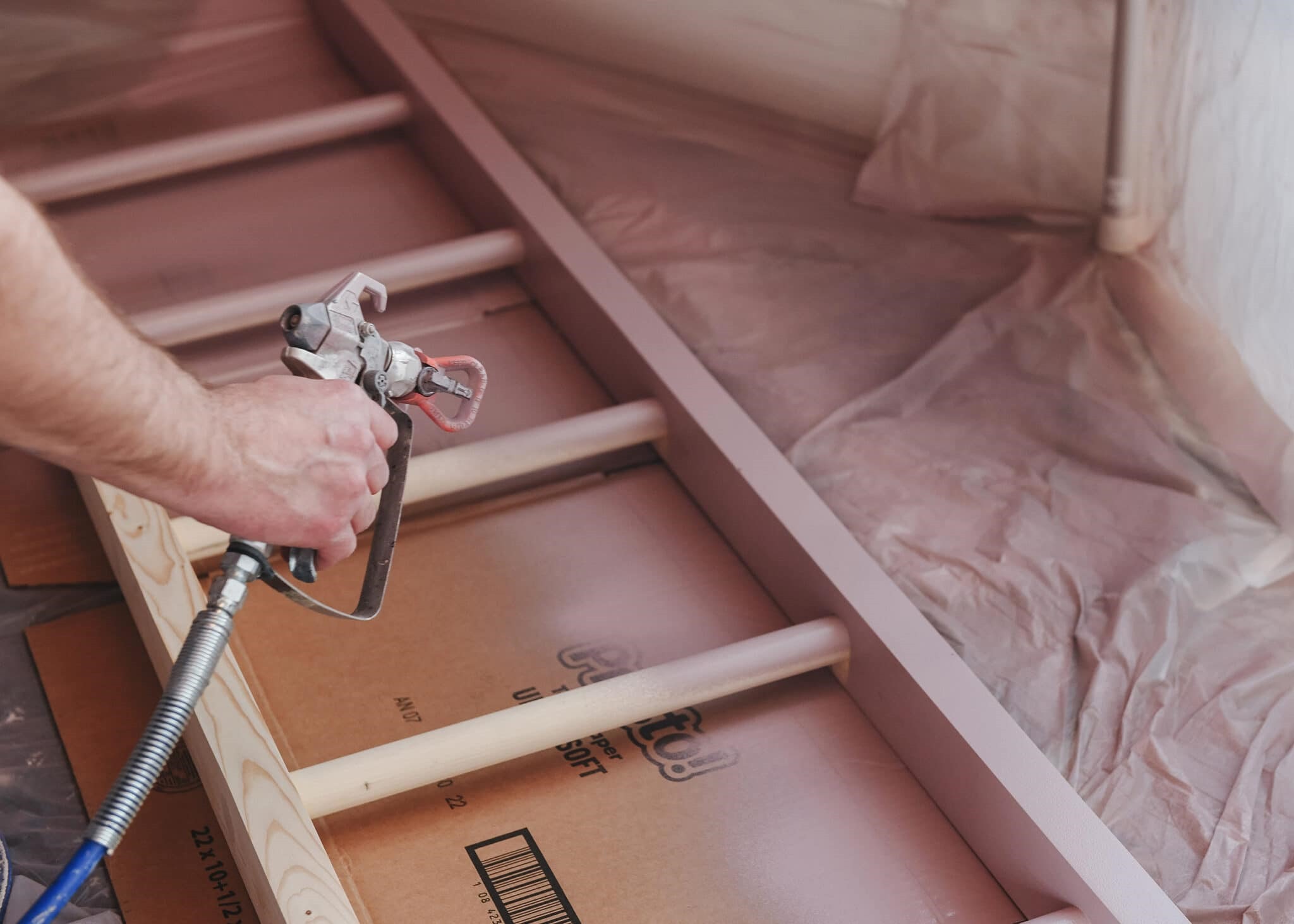

0 thoughts on “How To Safely Ascend Or Descend A Ladder?”